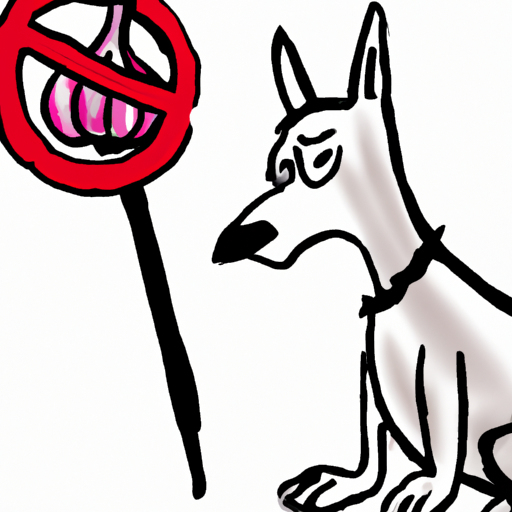As a caregiver, you strive to understand what’s best for your furry friend. But you might be puzzled about why certain foods, like garlic, are off-limits. Let’s explore this further.
Understanding Your Dog’s Digestive System
Just like you, your dog relies on their digestive system to break down food and absorb nutrients. However, their system works differently than ours. For example:
- Dogs have a more acidic stomach.
- Their intestines are shorter, which means they process food faster.
This unique design enables them to digest things we can’t, like raw meat. However, it also means they struggle with foods we find harmless, like garlic.
The Dangers of Garlic and Other Alliums
Garlic belongs to the Allium family, which also includes onions, leeks, and chives. All these foods contain thiosulfate, a compound that’s harmless to us but toxic to dogs. Here’s how it affects your pooch:
-
Red blood cell damage: Thiosulfate can damage your dog’s red blood cells, leading to anemia. Symptoms can include weakness, tiredness, and pale gums.
-
Gastrointestinal upset: Garlic can cause upset stomach, leading to symptoms like vomiting and diarrhea.
-
Breathlessness: In severe cases, your dog could struggle to breathe due to the damage to their red blood cells.
Of course, these symptoms depend on the amount of garlic consumed and the size of your dog. But it’s best to avoid garlic altogether to keep your dog safe.
Impact on Size and Breed
Interestingly, the impact of garlic on dogs can vary depending on their size and breed. For example:
| Size/Breed | Impact |
|---|---|
| Small dogs | More susceptible to garlic toxicity |
| Large dogs | Can tolerate slightly more garlic |
| Japanese breeds (like Akita, Shiba Inu) | More sensitive to garlic |
Remember, though, even a small amount of garlic can be harmful. It’s always best to err on the side of caution.
Alternatives to Garlic for Dogs
Looking for ways to spice up your dog’s meals without the risks? Here are a few dog-friendly options:
-
Carrots: These are rich in beta-carotene, which supports eye health.
-
Sweet potatoes: These provide dietary fiber, helping with digestion.
-
Green beans: These can be a low-calorie treat for dogs watching their weight.
Remember to introduce any new foods gradually to avoid upsetting your dog’s stomach.
Frequently Asked Questions
Q: What should I do if my dog eats garlic?
A: If your dog accidentally consumes garlic, call your vet immediately. They can guide you on the next steps.
Q: Are there any safe amounts of garlic for dogs?
A: While some sources suggest small amounts of garlic are safe, it’s best to avoid it altogether to prevent any potential harm.
Q: What other foods should I avoid giving my dog?
A: Other harmful foods include chocolate, grapes, raisins, and alcohol. Always check with your vet if you’re unsure about a particular food.
Remember, you are the first line of defense in your dog’s health and wellbeing. By understanding the perils of garlic and other toxic foods, you can keep your furry friend healthy and happy.



